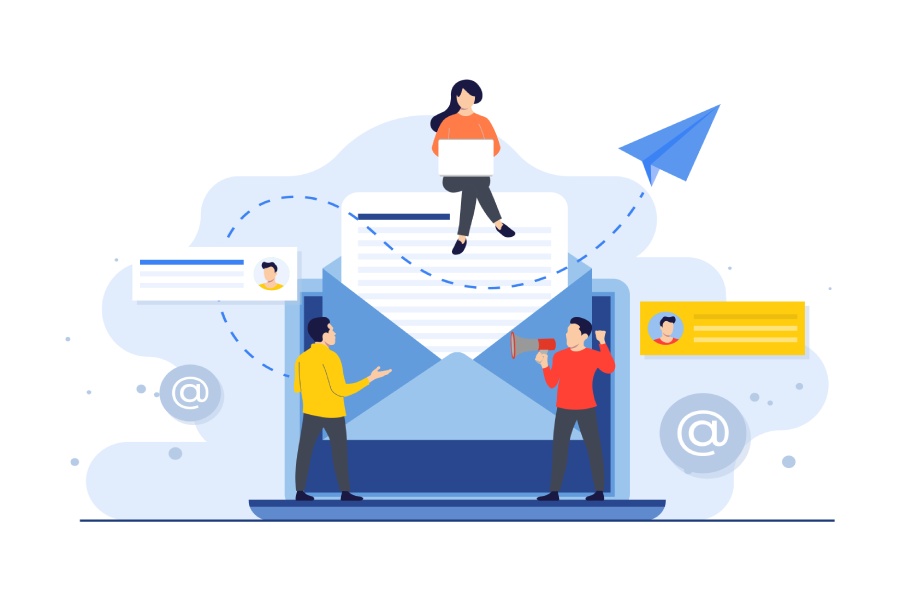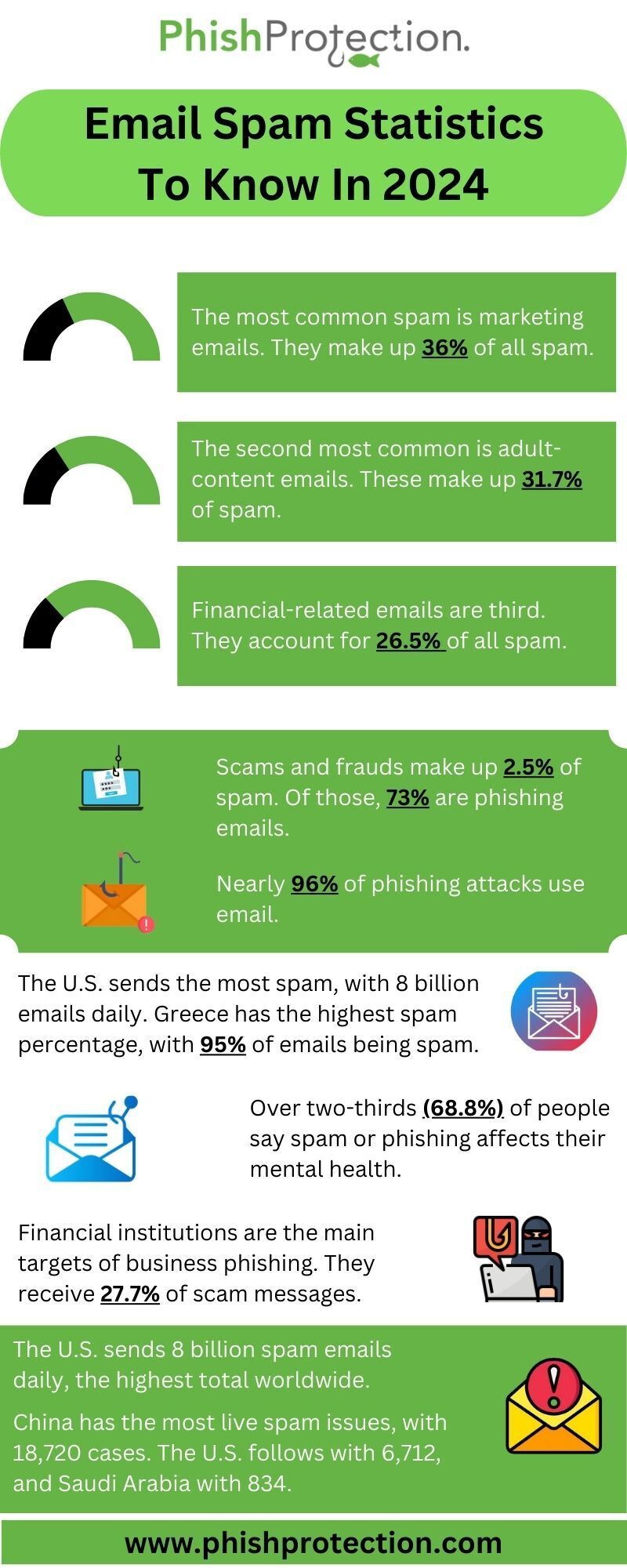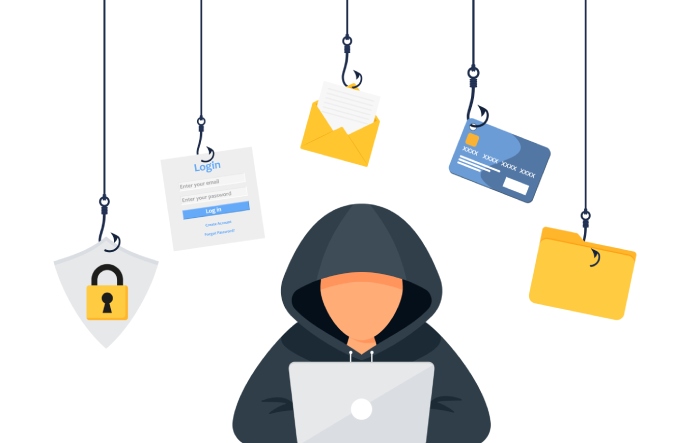An email marketer puts efforts into creating a quality prospective consumer list, designing a great email, and focusing on the campaign’s success. But, for reaching the potential customer, one surely needs to avoid spam filters. Many factors help in successful email deliverability. Whether you are using emails for selling or guest posting, below is a discussion of various critical considerations that will determine whether a marketing email will reach the customer’s inbox or not.
Understanding Spam Filters
Before learning about avoiding spam filters, one should first understand why email service providers use spam filters.
Every day, billions of spam messages enter inboxes, and organizations lose millions of dollars due to spam emails from fake vendors. Therefore, to protect the users from counterfeit emails and prevent email phishing, inbox providers use spam filters. The spam filters work as a guard and analyze the incoming emails, allowing only genuine emails to enter the user’s inbox. It filters out any suspicious or harmful emails and rejects them. It even works as an anti-phishing tool by blocking malicious emails and preventing phishing attacks and spear-phishing attempts.
Avoiding Spam Filters
If an enterprise wants its email campaigns to enter the user’s inbox and don’t end up in the spam folder marked as a phishing email, it can achieve its goal if it keeps the following things in mind
Only Email The People Who Permit It
Most email marketers waste their time buying email lists to use in their email campaigns. Instead, their prime focus should be on creating their list (of people allowing them to send emails). It sounds a bit difficult, but it is possible. It even increases the chances of the emails being opened by the user manifolds, thus reducing the number of spam complaints.
The increase in the number of email openings and reducing spam complaints give a positive signal to the service provider. Thus it allows the email campaign to enter the user’s inboxes. One can create one’s organic list by merely offering two things to the customer. Firstly, an excellent incentive such as an exclusive discount or offer, and secondly, a prominent subscription opportunity for the user to join the email list.
Avoid Using Spam Filter Triggering Words And Phishing Phrases
While composing a marketing email, always keep in mind trying not to use words or phrases that trigger spam or phishing filters. There is no specific list of such terms or comments, but some of the common examples are: ‘a fantastic deal,’ ‘free offer,’ ‘limited time offer,’ ‘act now! ‘ ‘don’t hesitate!’ etc. Also, avoid using phrases that ask for details about the user’s bank account or personal data. Phishing emails usually ask for such things, and spam filters block such emails for phishing prevention.
Compliance With The CAN-SPAM Act, 2004
If one sends commercial messages to the users, one needs to comply with the CAN-SPAM Act’s rules, or one might end up facing several fines and penalties. Some of the regulations present in the act are:
- Avoid misleading headers.
- Avoid deceptive subject lines.
- Allow the recipient to know the sender’s location.
- Provide an option to the recipient to opt for future email notifications.
- Honour opt-out request.
- Keep track of other users who work on the sender’s behalf, etc.
Enabling Email Authentication
Sometimes spammers break into the sender’s network and use the domain to send spoof emails without them being aware of it. Therefore, if the sender keeps their email authentication enabled, it will ensure that their email address does not generate any spam. They don’t end up being blacklisted by phishing email protection software.
Make Use Of Segmentation To Target Relevant Customers
It is better not to send the same email to all the users on the list. Instead, it can be segmented into various categories. The sender can then target the campaign only towards the interested users. It will increase the percentage of users interacting through email, giving a positive signal to the service provider regarding the campaign’s authenticity.
Include A ‘Reply-To’ Email Address To The Campaign
Most of the reputed email service providers determine the validity of a campaign by checking the response of the previously sent emails by the marketer. It is a useful tactic as most users usually don’t respond to spammers and ignore or delete the emails to prevent phishing attacks. If the email is getting a response from the users, it will be a positive signal for the service providers to prove the sender’s legitimacy. Hence, for getting a response from customers, use a proper reply-to address instead of something like noreply@yourdomain.com
The ‘From’ Field Should Be Familiar
Usually, users decide to open only those emails whose ‘From’ line is familiar. If the sender uses a name that the user remembers or a service that the user has subscribed to, then there are chances that he/she would allow the message to enter the inbox and open it.
Final Thoughts
Getting the emails past the spam filters is usually not the direct concern of the email marketers. However, it has a massive impact on the campaign’s success and even gives them an edge over the competitors. So, when one goes forward to execute their email marketing strategy, they must remember the points discussed above. It will ensure that such emails successfully land the user’s inbox and do not get blocked by the spam filter as a phishing protection initiative.



